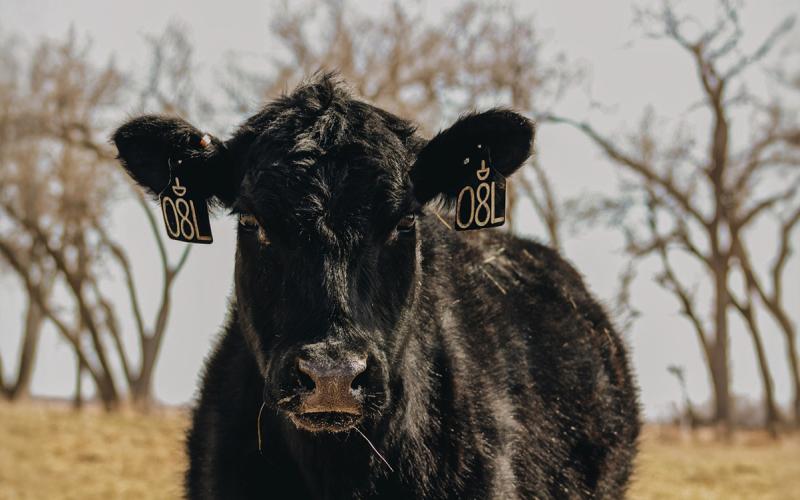The yield of edible meat from a beef carcass often comes as a bit of a surprise, even to those that have had their own meat processed for years. A previous article covered dressing percent—the percent of the live animal weight that becomes carcass weight, which for fed beef is usually around 62-64%. In other words, from a 1200 pound steer, you can expect a 740 – 770 pound carcass. But from that carcass there is another significant portion that will not end up in your freezer or in the meat case for consumers. The expected yield of retail cuts from beef carcasses ranges from approximately 55% to 75%, depending on the fatness and muscling of the animal, and the type of cuts produced. A typical 750 carcass with ½ inch of fat over the rib eye and average muscling of a 12-13 square inch rib eye will yield about 65% of the carcass weight as retail cuts (roasts and steaks) and lean trim. So, in other words, you start with a 1200 pound steer, which has a dressing percent of 63%, so that you have a 750 pound carcass. From that you will get about 65% of the carcass weight, or roughly 490 pounds, as boneless, trimmed beef. If you look at that as a percentage of the live weight of the steer you started with, it is approximately 40% of the live weight. Remaining components of the weight are fat trim and bone. Fat can be highly variable, but in the example used, fat would account for approximately 20% of the carcass weight or 12% of the live weight. Bone accounts for the other 15% of carcass weight. Recognize that these are average figures! These can vary considerably due to the fat and lean composition of the animal, as well as the trim level and methods of cutting the meat. However, it does demonstrate that it is a relatively small percentage of the live animal that ends up in the retail meat case as high quality edible meat. This is one factor that helps explain the difference between price per pound of a live animal and price per pound of retail beef.
If you look further at specific cuts of beef, it becomes even more apparent why some cuts are significantly higher priced in the retail meat case. Again using the example above, and cutting the carcass into primarily boneless steaks and roasts, the highest percentage of carcass weight, or 20-25%, actually ends up as lean trim. This 150 -185 pounds of lean trim would likely be packaged as ground beef. The next highest percentages would come from the chuck and round portions of the carcass. Boneless chuck roasts and steaks would typically account for 10-12% of carcass weight. Round roasts and steaks, including top round, eye of round, knuckle or sirloin tip, and bottom round would account for another 10-12%. However, it is when we look at the “middle meats”, those from the loin and rib, that the percentages are much less. Using a primarily boneless cutting method, you could take home strip loin, tenderloin, sirloin and rib eye steaks. All together, these steaks may add up to 10-12 % of carcass weight. But if you look at individual types of steaks, each one would be less than 3%, with tenderloins even less, at about 1.5% or less of carcass weight. What does that translate to? With a yield of 2.5% for strip loin steaks, that would be 18 pounds of strip steaks. For tenderloin steaks, or filets, a yield of 1.25% would give us 9 pounds of tenderloin steaks. Ever had a great grilled tri-tip? You’ll only get two tri-tip roasts, each weighing about 1 ½ pounds from that 750 pound carcass.
So, to summarize: A 1200 steer, ½ inch fat, average muscling, yields a 750 pound carcass. The 750 pound carcass yields approximately:
- 490 pounds boneless trimmed beef
- 150 pounds fat trim
- 110 pounds bone
A specific example of how the 490 pounds of boneless, trimmed beef could break out includes:
- 185 pounds lean trim, or ground beef
- 85 pounds round roasts and steaks
- 90 pounds chuck roasts and steaks
- 80 pounds rib and loin steaks
- 50 pounds other cuts (brisket, flank, short ribs, skirt steak)
Maybe this helps explain how the products from a 1200 pound steer to fit in your freezer!


